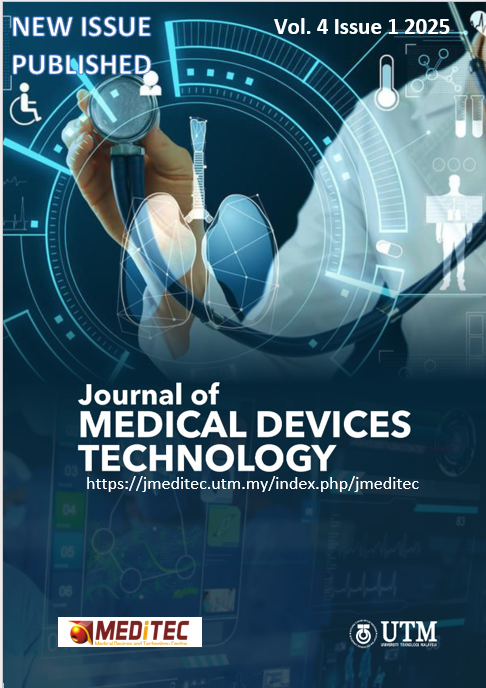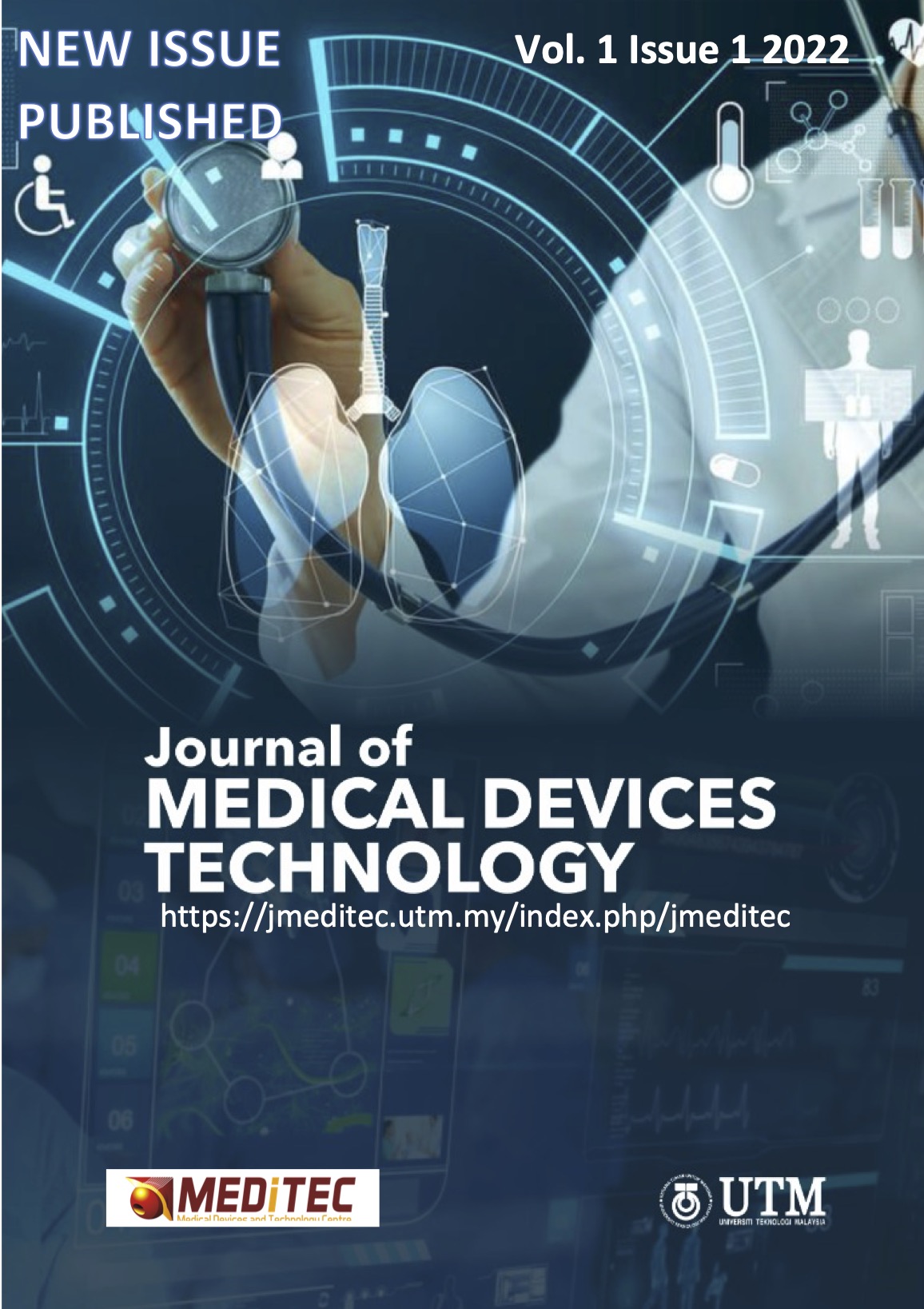Mesh Convergence Study of Three-Dimensional Femoral Bone and Stem Models: A Finite Element Method
DOI:
https://doi.org/10.11113/jmeditec.v4.70Keywords:
Mesh convergence study, finite element analysis, femoral bone, femoral stemAbstract
The demand for total hip arthroplasty (THA) surgery is projected to rise annually, as indicated by analysis of past surgical data. The researchers consistently strive to enhance the hip implant design, responding to the growing demand that has evolved from solid implant designs to advanced porous implants. A widely utilized approach involves the application of finite element analysis (FEA) to the design of hip implants, as it significantly reduces both time and costs in comparison to conventional physical testing methods. However, it is essential to determine the appropriate mesh size prior to conducting FEA to ensure that it doesn’t affect the reliability of the results. Hence, the objective of this study is to conduct a mesh convergence analysis of the femoral bone and stem. This study involved the reconstruction of the femoral bone and the development of the femoral stem utilizing Mimics and SolidWorks software. The h-refinement method and analysis were conducted using the 3-Matic and MSC Marc Mentat software, with a mesh size range of 6.0 mm to 3.5 mm for the femoral bone and 4.0 mm to 2.0 mm for the femoral stem. According to results, the optimal mesh size for the femoral bone and femoral stem was 4.5 mm and 3.0 mm, respectively. The mesh convergence analysis for this study was successfully conducted, with the percentage error between two successive models demonstrated to be less than 5%.

















